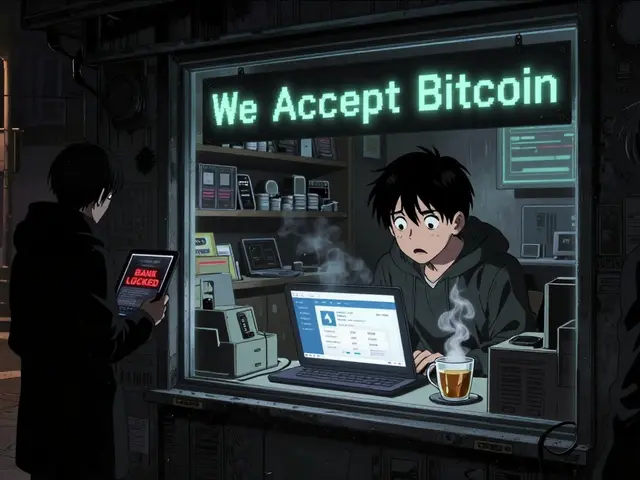Low Trading Fees
When dealing with low trading fees, the smallest possible cost taken from each crypto transaction. Also known as minimal exchange fees, they can boost your net returns over time. It’s not just a nice‑to‑have figure; a few basis points saved on every trade add up fast, especially for active traders. low trading fees matter whether you’re swapping Bitcoin for Ethereum or moving stablecoins across DeFi protocols. Below we’ll unpack why some platforms can keep fees low and how you can spot the best deals.
Key Factors That Keep Fees Low
One of the biggest drivers of cost is the maker‑taker fee model, a pricing structure where liquidity providers (makers) pay less than those who take liquidity (takers). This model enables exchanges to reward users who add depth to order books, which in turn often leads to low trading fees for the community. Another core piece is the overall exchange fee structure, the set of rules that define how fees are calculated, including base rates, tiered discounts, and special promotions. Understanding this structure influences your ability to choose a platform that truly minimizes expenses.
Many exchanges also run fee discount programs, incentives that lower transaction costs in exchange for higher trading volume, staking of native tokens, or holding a certain balance. These programs require a bit of planning—if you’re a low‑volume trader, a flat‑rate low‑fee exchange might be a better fit than a tiered discount that only triggers after thousands of dollars in trades. Moreover, the hidden cost of gas fees, the network fees paid to miners or validators to process blockchain transactions can dwarf the exchange’s listed fee, especially on congested networks like Ethereum. Choosing a platform that offers batch orders or layer‑2 solutions can dramatically shrink the real out‑of‑pocket cost.
Liquidity is another silent player. An exchange with deep exchange liquidity, the total amount of buy and sell orders available across trading pairs can execute larger orders without slippage, meaning you pay the advertised fee instead of paying hidden price impact. High liquidity often correlates with tighter spreads, which also contributes to lower effective costs. In short, low trading fees aren’t just about the headline percentage; they’re the result of a balanced ecosystem where fee models, discounts, gas optimization, and liquidity work together.
So how do you spot these winning combos? First, compare the base maker and taker rates across several platforms. Next, check if the exchange offers native token staking or volume‑based rebates that align with your trading style. Third, look for brokers that support layer‑2 networks or have built‑in gas fee estimators. Finally, verify the depth of order books for the pairs you trade most often. By layering these checks, you’ll quickly identify where the real savings hide.
Below you’ll find a curated collection of posts that dive deeper into each of these topics— from detailed exchange fee breakdowns to step‑by‑step guides on activating discount programs and minimizing gas spend. Browse the articles to arm yourself with the knowledge needed to keep your crypto trading costs as low as possible.
In-depth review of PancakeSwap V3 on opBNB covering fees, liquidity, token pairs, user experience, and future prospects.
Read More





